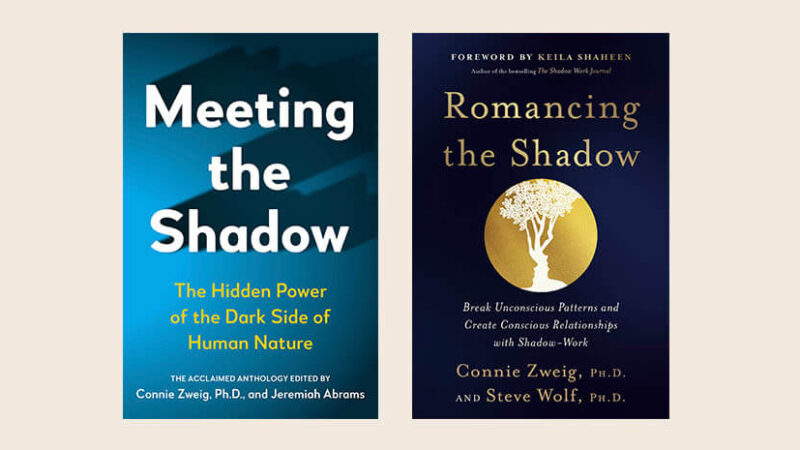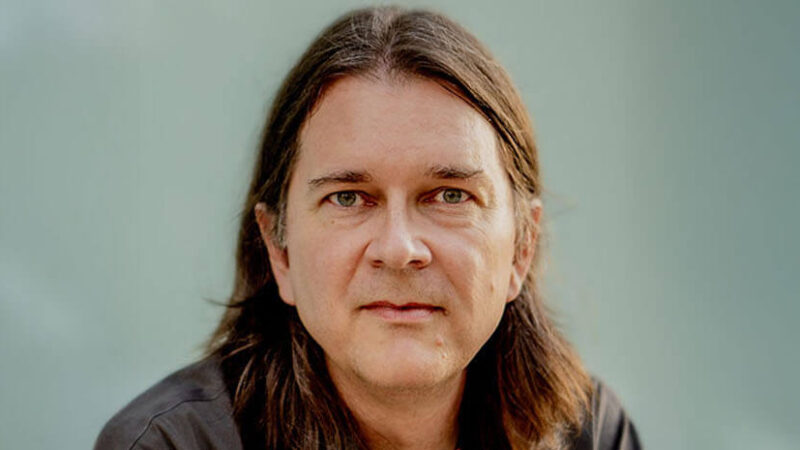This Is Woman’s Work
Dominique Christina is a writer, performer, educator, and activist. She holds four national poetry slam titles, including the 2011 National Poetry Slam Champion. With Sounds True, Dominique has released a new book called This Is Woman’s Work: Calling Forth Your Inner Council of Wise, Brave, Crazy, Rebellious, Luminous, Loving Selves. In this episode of Insights at the Edge Tami Simon and Dominique discuss a deliberate use of language and how that use can help women to better author their own lives. They talk about courage, and how a woman taking control of the narrative of her own life is “a stunning act of bravery.” Finally, Tami and Dominique speak on the 20 different female archetypes introduced in This Is Woman’s Work, focusing on two of the most difficult: the Whisper Woman and the Ghost Woman. (63 minutes)






